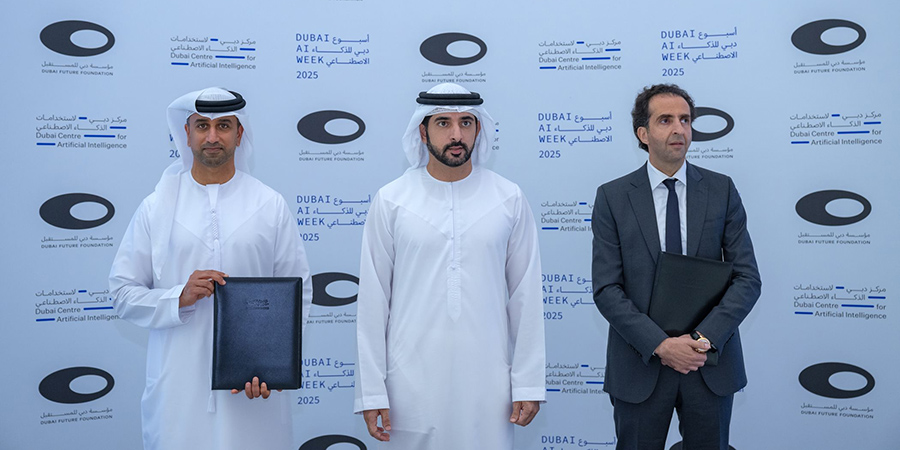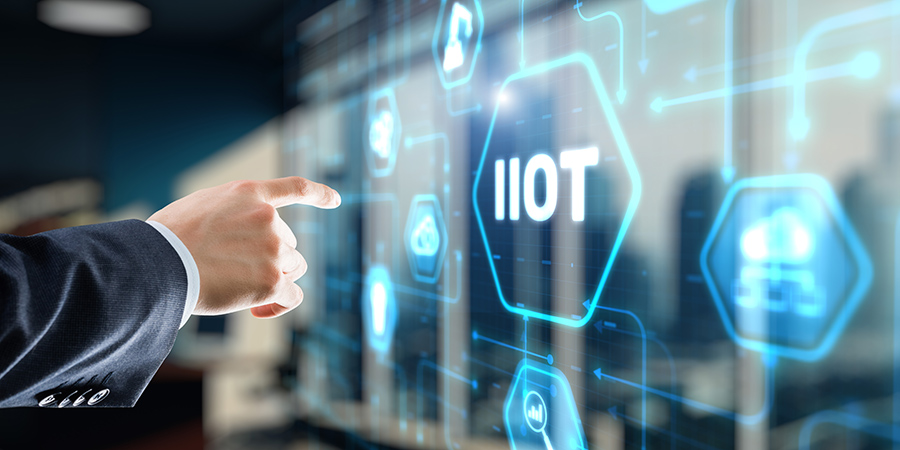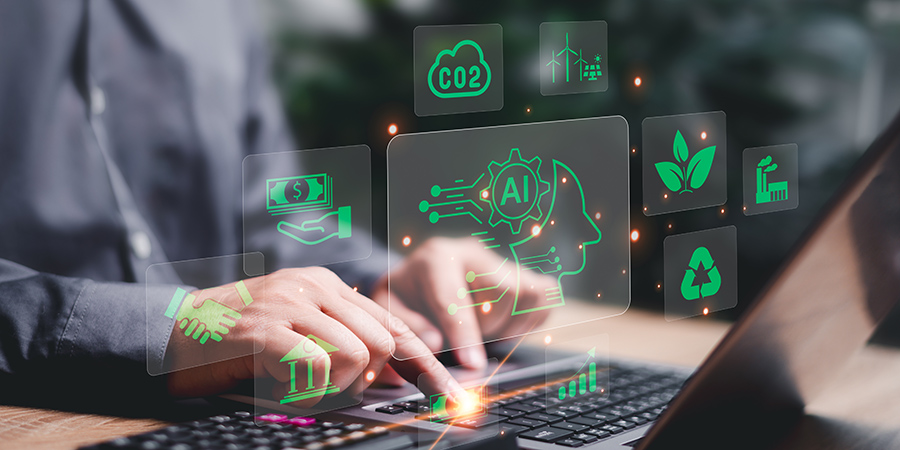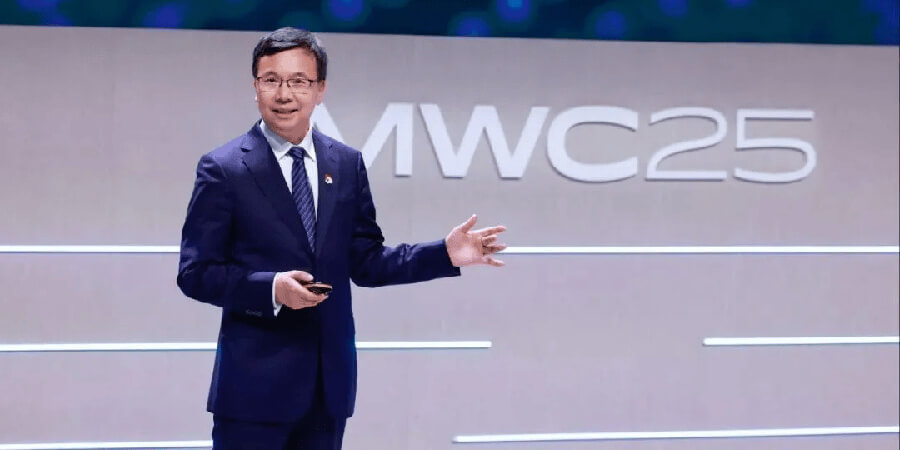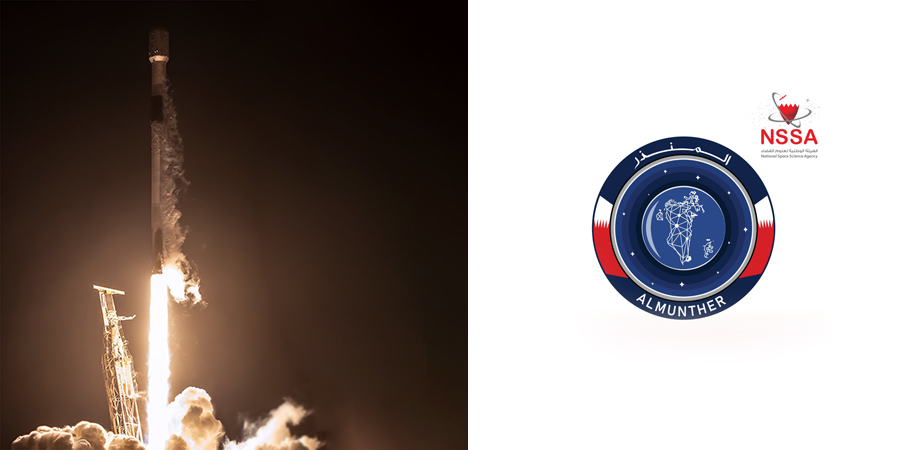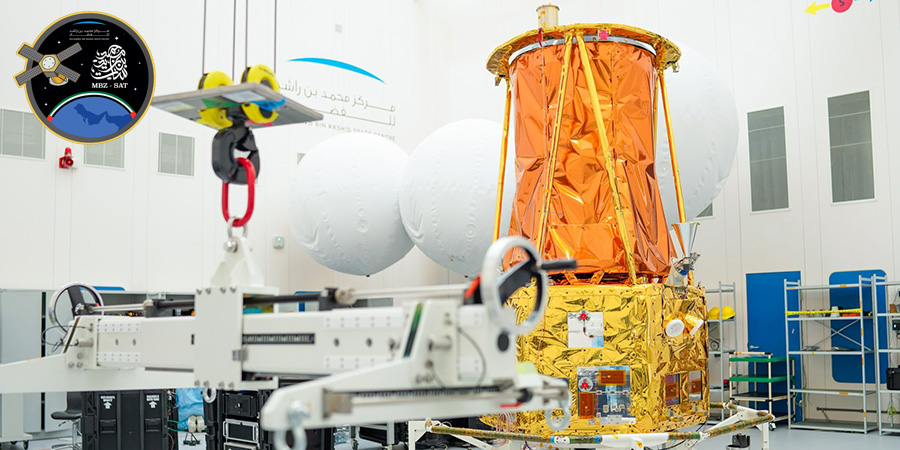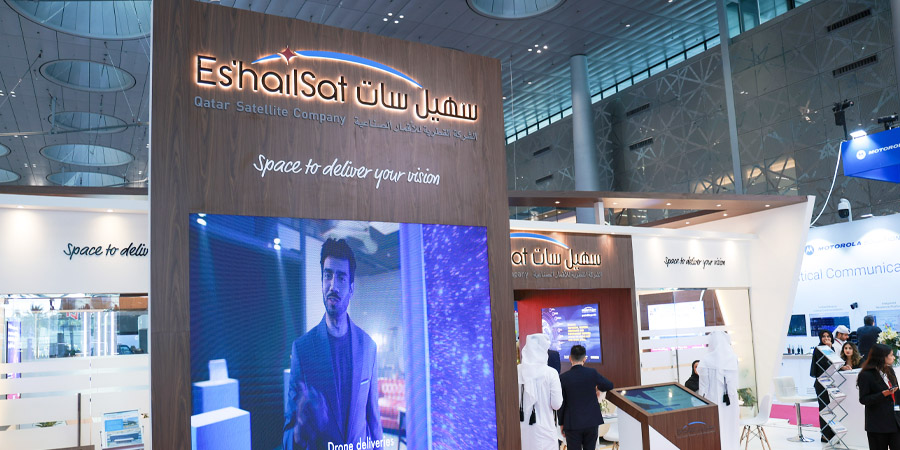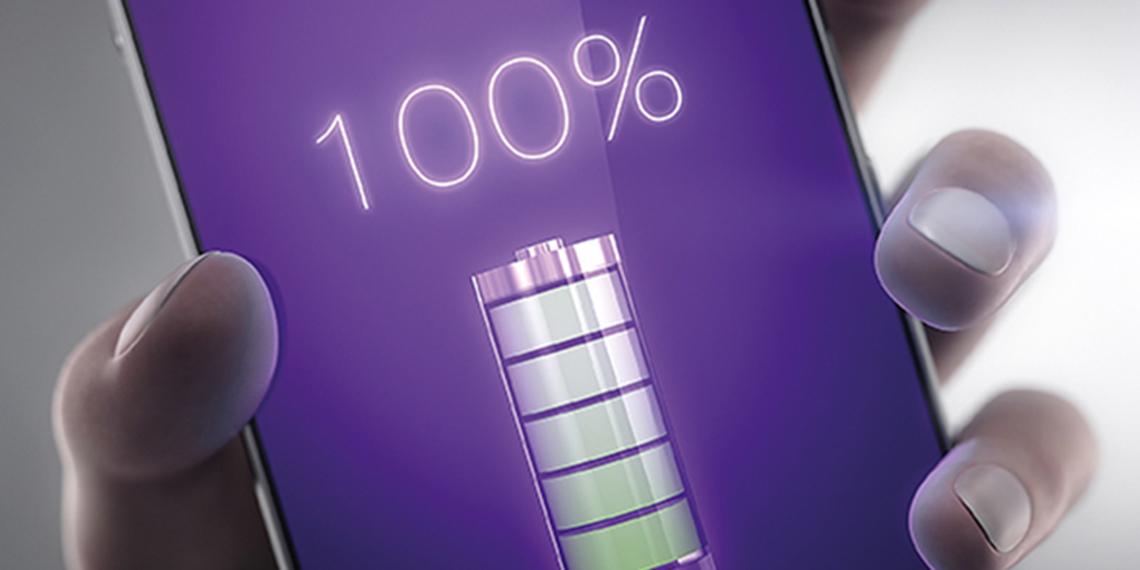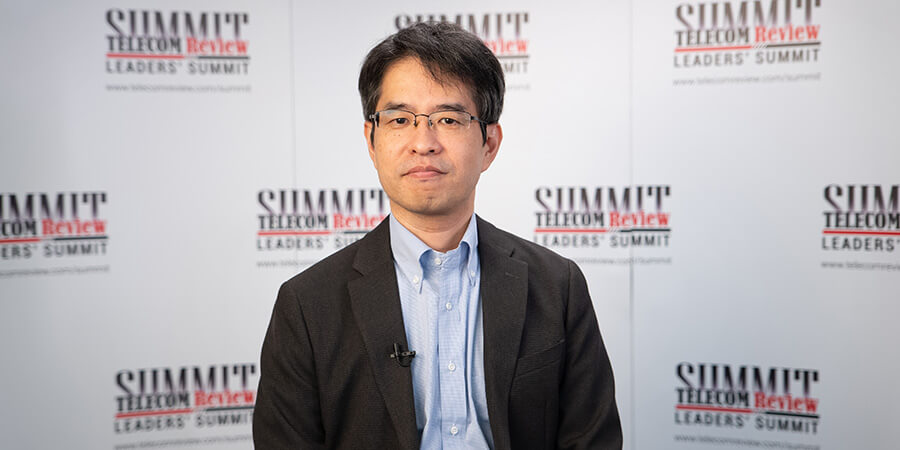Market research firm Gartner noted that smartphone sales soared in the third quarter of 2015 as compared to the same period last year. The research firm added that this growth stemmed from continued demand for affordable smartphones in emerging markets. The top five device makers are namely: Samsung, Apple, Huawei, Lenovo and Xiaomi.
According to Anshul Gupta, research director at Gartner, ""The availability of affordable smartphones in emerging markets saw consumers upgrade their 'feature phones' to smartphones more quickly because of the small price gap."" She added that smartphone sales in emerging markets rose to 259.7 million in the third quarter of 2015, which is equivalent to an 18.4 percent growth over the third quarter of 2014. It all transpired while sales in mature markets saw growth of just 8.2 percent over the same period.
As markets continue to flood the demand for smartphones, the batteries that provide power to these devices are experiencing the same fate; that is, unprecedented growth.
Though we are more inclined to see figures for mobile device shipments, a recent study by statista.com says that the demand for lithium consumption is not slowing down. The statistic website showed the demand for lithium for rechargeable and non-rechargeable batteries from 2015 to 2025. The graph showed that by 2018, the demand for lithium rechargeable batteries is expected to reach 104,287 metric tons. This means that the increase in battery demand would be a strong driver of lithium consumption in the near future, though battery producers are currently limited in their ability to match demands; and, it is expected to reach about 200,347 metric tons by 2025.
As consumers require more capabilities from their devices, the more is required from this ""power juice"" in order to provide and sustain the needed power for a longer period of time.
Research and development of mobile devices has not stopped with aesthetics and functionality. More companies are shifting their focus to tap other resources in order to power up mobile devices of the future.
In fact, according to Battery University, a free educational website that offers hands-on battery information to engineers, batteries are advancing on two fronts. These developments are reflected in increased specific energy for longer runtimes and improved specific power for high-current load requirements. Improving one may not automatically increase the other and often there is a compromise that happens.
Here is some research and development, perhaps advancements, which address the need to find power sources for mobile devices of the future.
Lithium Ion Air
A revolutionary research captured the headlines at the end of last year. Researchers created a lithium-air battery that could be 10 times more powerful than lithium-ion.
According to Sciecemag.org, researchers at the University of Cambridge point the way to the ultimate battery packs of the future, its makers say. The new test battery could prove an important stepping stone in the development of this essential technology. It is made with very high energy density, more than 90 percent efficiency and the capability for more than 2,000 recharge cycles.
The idea of a lithium-air or lithium-oxygen battery is not a new one. The most recent research had to overcome some practical challenges that had previously prevented lithium-air technology from being a viable option. So long-lasting, these types of batteries can hold up to 10 times the charge of today's lithium-ion packs. It's like not having to charge your phone for one week.
Organic Battery
A team of scientists at the University of Southern California (USC) is working on an alternative in the form of a water-based organic battery that is not only cheaper and more environmentally friendly; it is more scalable as well.
The technology developed by the USC team is known as an organic redux flow battery, according to a published story in the Journals of Electrochemical Society. Working like a fuel cell, it is the same as those in NASA's Helios electric-powered drones. It consists of two tanks containing solutions of electroactive chemicals. These chemicals are pumped into a cell, which is divided by a membrane. The solutions interact through the membrane and electricity is produced.
The team said that the tanks can be of any size in comparison to the cells, so the total amount of energy that the system can store depends on how large the tanks are, which is one-up on conventional batteries. The flow battery also has a better lifespan than lithium-ion batteries and its variants.
This type of battery uses organic compounds instead of metals or other toxic materials. Researchers were able to develop materials based on oxidized organic compounds called quinones. They are more commonly found in plants, fungi, bacteria and some animals, and involved in photosynthesis and cellular respiration.
In addition, these types of batteries can last for about 5,000 recharge cycles, according to Sri Narayan, professor of chemistry at the USC Dornsife College of Letters, Arts and Sciences.
Aluminum Graphite
Stanford University invented the new aluminum-ion battery and they boast fully charging the device in one minute.
The new-found power source was first published in an article at Nature journal. This fast charging, high performance, long lasting and inexpensive battery is so safe that it won't catch fire even if you drill through it.
According to Hongjie Dai, a professor of chemistry at Stanford, they've placed an aluminum anode and graphite cathode, along with an ionic liquid electrolyte, inside a flexible polymer-coated pouch.
Currently, aluminum batteries developed at other laboratories usually die after just 100 charge-discharge cycles. But the Stanford battery was able to withstand more than 7,500 cycles without any loss of capacity.
Sodium Ion
In a journal published at Purdue University, it said that the Sodium Ion batteries represents an alternative to the current battery demand. Sodium-ion batteries (SIB) are a type of rechargeable metal-ion battery that uses sodium ions as charge carriers.
And given the low cost of sodium and its natural abundance, the said resources are now being tapped to replace lithium.
Researchers are now working to replace lithium-ion batteries' standard internal components with functioning sodium counterparts.
Batteries have two electrodes which are called an anode and a cathode. The anodes in most of today's lithium-ion batteries are made of thin layers of stacked graphene called graphite. In lithium-ion batteries, lithium ions can easily fit between graphene layers due to their small size. In sodium-ion batteries, the sodium ions cannot pass between the graphitic layers reversibly due to their larger size and bulkier nature. The sodium ions go inside the graphitic layers during charging but do not come back during discharging process.
On the cathode side, new materials have to be developed to replace lithium-containing materials. One option is to replace lithium cobalt oxide cathodes with sodium cobalt oxide cathodes.
According to initial electrochemical tests, it has shown that the rate capabilities of a battery containing Faradion's Na-ion materials can be as good as those of conventional li-ion materials.
Though most of these breakthroughs are yet to hit the market, their framework and viability are continuously being tested.
The past few years witnessed non-receding demands for power supply in mobile devices. It has paved the way for power banks to come in and plug into the demand in the market. Because of this, batteries should be on the lookout in terms of development as a power source for future mobile devices. These demands can only be addressed and attended to if our devices have the capacity to operate. End users will never ask where batteries come from, but they do care that they are built to last.

















